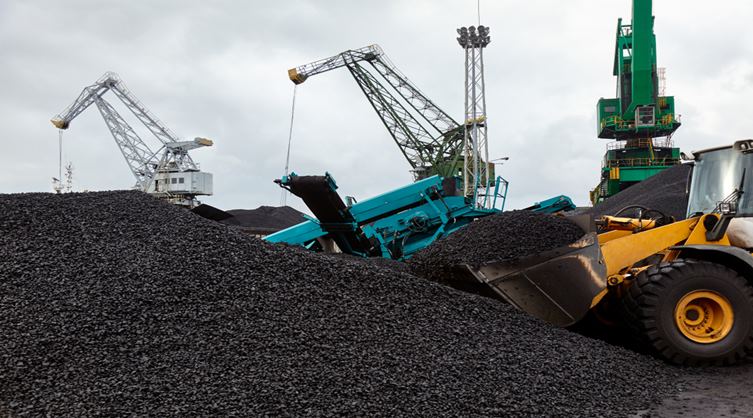Higher coal imports likely to increase cost of supply for DISCOMs: ICRA
By EPR Magazine Editorial May 10, 2022 5:44 pm IST
By EPR Magazine Editorial May 10, 2022 5:44 pm IST

Coal import dependency is estimated to increase at about 12-13 percent in FY 2023 against about 4 percent in FY 2022
The Ministry of Power (MoP), has issued a directive under Section 11 of the Electricity Act, stating that all imported coal-based power plants shall operate and generate power at their full capacity to meet the growing demand. As per this directive, the MoP has now directed all states and GENCOs based on domestic coal to import at least 10 percent of their fuel requirement for blending with domestic coal and meet the growing demand for electricity. As the present power purchase agreements (PPAs) do not provide for a pass-through of the fuel cost for these projects, the tariff for supply from these plants under the PPAs shall be worked out by a committee with representatives from the MoP, the CEA and the CERC considering the prevailing coal prices. The MoP earlier had issued an advisory to the state GENCOs and IPPs to meet their coal requirements through blending of imported coal to the extent of 4 percent. The directive has come in view of the fact that the improvement in the average coal stock level for the thermal generation capacity on an all India basis continues to remain slow as seen from the stock position of 8 days as on May 7, 2022 as against 9 days as on November 30, 2021, which recovered from the lowest level of 4 days as of September 30, 2021, as against the normative requirement level of 24 days.
Girishkumar Kadam, Senior Vice President & Co-Group Head – Corporate ratings, ICRA, said “All India energy demand in April and May (till date) 2022, grew by 11.5 percent and 17.6 percent Y-o-Y respectively, also supported by heat wave / weather conditions, while tight domestic coal supply position and elevated international coal price levels continued to affect the energy generation levels. Measures directed by the MoP to ease the power supply constraints through coal imports is thus likely to considerably increase the coal import dependency for the power sector from about 4 percent in FY2022 to about 12-13 percent in FY2023. The higher share of imports for thermal generation under a pass-through arrangement as directed by the MoP is further expected to lead to an increase in the cost of supply for state DISCOMs by 4.5 percent – 5.0 percent in FY2023 at an all India level, considering the increase in the share of imported coal and coal price level at US$ 110 per MT for coal GCV of 4200 kcal/kg.”
₹3.0 per unit between March 2021 and May 2022.Vikram V, Vice President & Sector Head – Corporate ratings, ICRA, said “The estimated increase in the cost of supply for the DISCOMs amid the higher share of coal imports to meet the demand is likely to increase the cash gap per unit for DISCOMs at the all India level to 68 paise per unit in FY2023 against ~50 paise per unit estimated earlier. This is considering a 5.0 percent increase in the cost of supply and an average tariff hike of 4.5 percent for the DISCOMs at the all-India level. As a result, timely and adequate tariff determination by the regulators along with timely implementation of fuel cost adjustment (FCA) pass-through (either monthly or quarterly as per the applicable regulations) thus remains a key monitorable for the DISCOMs.”
The outlook for state owned distribution utilities continue to remain negative, due to the continued weak financial position as a result of inadequate tariffs, higher than allowed distribution loss levels and inadequate subsidy dependence. Nonetheless, the credit profile of privately owned distribution utilities remains supported by operational strengths arising from demographic profile, operational efficiencies, tariff adequacy as well as sponsor strengths, respectively.
We use cookies to personalize your experience. By continuing to visit this website you agree to our Terms & Conditions, Privacy Policy and Cookie Policy.